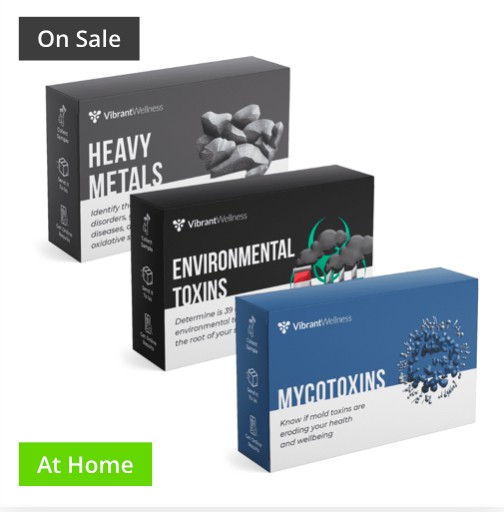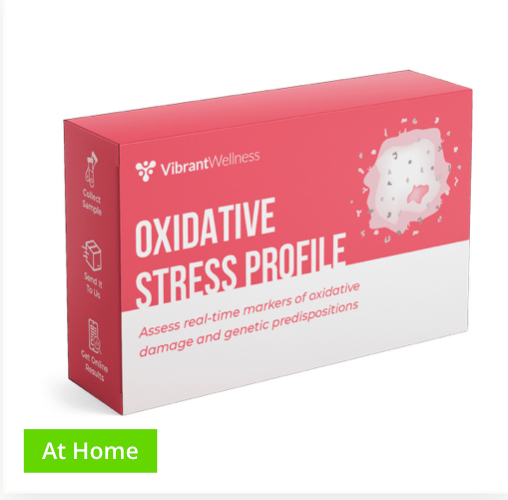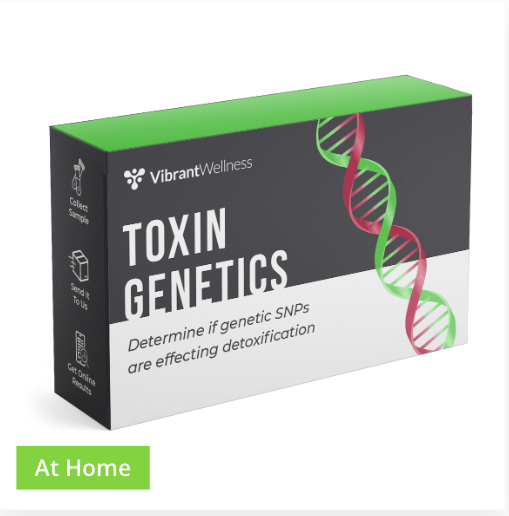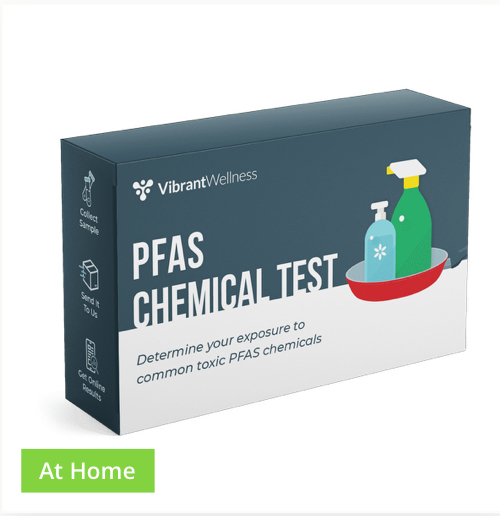How Toxins Ruin Your Health. The Science-Based Detoxification Treatment
How Toxins Ruin Your Health and the Science of Effective Detoxification Treatment
This subject is profoundly personal to me, not just as a professional but also as someone who has experienced the debilitating effects of toxic overload firsthand. At 37, I faced what felt like an overnight health crisis. My sex hormone levels plummeted into a menopausal range, confirmed through a comprehensive 24-hour urinary hormone test. Alongside this, I developed a host of troubling symptoms: skin rashes, eczema, hair loss, insomnia, heart palpitations, memory lapses, and mood imbalances.
The conventional medical system had little to offer beyond antidepressants, which was not a solution for me. I knew there had to be a deeper cause. Through functional medicine and evidence-based detoxification protocols, I was able to uncover the true culprit—an overwhelming toxic burden of mycotoxins, environmental toxins and heavy metals confirmed by Total Tox Burden Test that had silently wreaked havoc on my body. By addressing this toxic overload and correcting other imbalances fueled by toxins like hypothyroidism, insulin resistance, immune system dysregulation, I restored my sex hormone levels, healed my body, and reclaimed my vitality. This journey fueled my passion for understanding the pervasive role of toxins in health and inspired me to empower others with this life-changing knowledge.
Daily Exposure to Thousands of Toxins that are Rarely Tested
Obesity, type 2 diabetes, cancers, autoimmune diseases and chronic illnesses are on the rise due to poisoned planet from chemicals and endocrine disruptors that we are exposed to on daily basis.
We live in a very toxic world and effective, Science- and Evidence-based Detoxification Treatment should most prominent in preventing and addressing imbalances, dysfunctions and disease dynamics in the body.
Over the last 60 years, the introduction of chemicals into our environment has escalated exponentially. Today, we are exposed to thousands of harmful compounds that our ancestors never encountered. While some regulations, like the Toxic Substances Control Act (TSCA) in the U.S., have sought to address these dangers, progress has been woefully slow.
Unlike pharmaceuticals, industrial and commercial chemicals are rarely tested for safety before they reach the U.S. market. Even when evidence confirms a chemical’s harm, companies are often granted years to phase out its use. This regulatory lag has left us exposed to an alarming array of untested and synergistically harmful substances.
Toxins – The Invisible Drivers of Disease: Why Detoxification is Essential
In the course of a regular day, the average person is unknowingly exposed to a constant influx of harmful chemicals. From the air we breathe, things that we ingest, to the products we use, toxins are ubiquitous and everywhere—benzene from vehicle emissions, chemicals in processed foods, printing ink from receipts, and flame and stain retardants coating furniture, carpets, and curtains. Even seemingly harmless household items like house-hold cleaning products, toilet paper, paper towels, wood-floor finishes, coolant fluids, Scotchgard-treated clothing, cosmetics, pizza boxes, and microwave popcorn bags contain toxic compounds.
Beyond these, we encounter an even more insidious mix of hazardous substances daily: PCBs (polychlorinated biphenyls), BPAs (bisphenol A), PBDEs (polybrominated diphenyl ethers), VOCs (volatile organic compounds), phthalates, EMFs (electromagnetic fields), PFCs (perfluorinated compounds), and OCPs (organochlorine pesticides). Heavy metals—including arsenic, cadmium, mercury, and lead—further compound this toxic burden, accumulating in the body over time.
Toxins are silent saboteurs of health, accumulating in our bodies and damaging every system over time. They are primary drivers of inflammation, hormonal imbalances, metabolic dysfunction, and diseases like diabetes, heart disease, cancer, and dementia. Despite their widespread impact, toxins are often overlooked as root causes of illness.
So why is detoxification crucial? These toxins do far more than just linger in the body; they actively interfere with critical biological processes. Over time, they overwhelm the liver, contribute to insulin resistance, blood sugar dysregulation, type 2 diabetes and obesity, disrupt genetic expression (epigenetics), damage DNA and impair DNA repair, damage mitochondrial function (our cells’ energy-producing engines), and increase the risk of autoimmune disease.
The Consequences of Toxic Overload are Vast, Contributing to:
- Chronic inflammation and oxidative stress
- Blood sugar imbalances, increasing the risk of diabetes
- Digestive dysfunction and gut microbiome imbalances
- Hormonal disturbances, leading to infertility, PCOS, endometriosis, and thyroid disorders
- Neurological issues, including brain fog, anxiety, depression, cognitive decline, Alzheimer’s, Parkinson’s. Heavy metals can cross blood brain barrier, contribute to oxidative stress in the brain, trigger memory loss, tremors and are correlated with neurological disorders.
- Autoimmune diseases, where the immune system mistakenly attacks the body
- Skin conditions, such as eczema, acne, psoriasis, vitiligo, rosacea, dermatitis, premature aging, and even hyper-pigmentation
- Weight gain, obesity, type 2 diabetes, metabolic dysfunction, making fat loss more difficult
- Low energy and chronic fatigue, impairing cellular respiration, ATP/energy production and consequently daily functioning
- Weakened immune function, making the body more susceptible to viral, microbial and parasitic infections
- Allergies and food intolerances, due to immune dysregulation
- Chronic exposure to chemicals like benzene increases the risk for cancers
When toxins build up beyond the body’s ability to eliminate them efficiently, they systematically erode health, disrupt cellular function, and set the stage for chronic diseases. This is why science-based, evidence-backed detoxification is not just beneficial—it is essential for maintaining long-term health and preventing disease.
Synergistic Toxicity: The Danger of Combined Exposure
One of the most concerning aspects of modern toxin exposure is synergistic toxicity. This means that while individual toxins may appear harmless at low levels, their combined effects can be catastrophic.
Several studies have reported a relationship between environmental pollutants and the development of cancer, even when pollutant levels are below toxicity reference values. The possibility of synergistic interactions between different pollutants could explain how even low concentrations can cause major health problems.
An animal study by dr. Martha Herbert published in 1978 examining mercury and lead found that their individual “no-effect” levels (where no observable harm occurs) became lethal when combined at even minimal doses. This synergy highlights a grim reality: safety testing of single toxins is not enough, as real-world exposure involves dozens of chemicals interacting within the body.
This study reveals a significant synergism in neurotoxicity leading to neurodegenerative diseases such as Alzheimer’s and Parkinson’s when mercury and aluminum are combined together.
We are exposed unknowingly to thousands of toxins on daily basis that have amplifying and synergistically negative effects on our biochemistry and health.
Toxic Overload is Common. Is your Toxic Burden Bucket Overflowing?
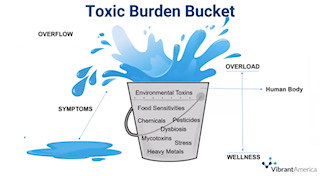
Our experience and clearance of toxicity and toxin tolerance is particularly individual. Exposure that is toxic to one person may be fine for another person.
One of the most important concepts in understanding toxin-related health issues is the “Toxic Burden Bucket.” Imagine your body as a bucket. Every day, you are exposed to various toxins from your environment, food, water, and lifestyle choices. These exposures slowly fill your bucket. Your body has natural detoxification pathways—such as liver detox, kidney filtration, bowel movements, sweating, and breathing—that act as a drainage system, allowing toxins to be processed and eliminated before the bucket overflows.
However, several factors influence how quickly your bucket fills and how efficiently it drains:
- Genetic Predispositions (SNPs) that is, a “poor detoxifier”: Some people have genetic variations or SNPs (such as impaired glutathione production) that make detoxification less efficient. I personally have many genetic impairments related to glutathione production and other detox related nutrients that contributed to my toxic overload and many symptoms that back then seemed to appear overnight. You may consider Toxin Genetics Test and Oxidative Stress Profile Test to learn about your genetic impairments as it relates to detoxification of toxins and your ability to detoxify different chemicals and toxins.
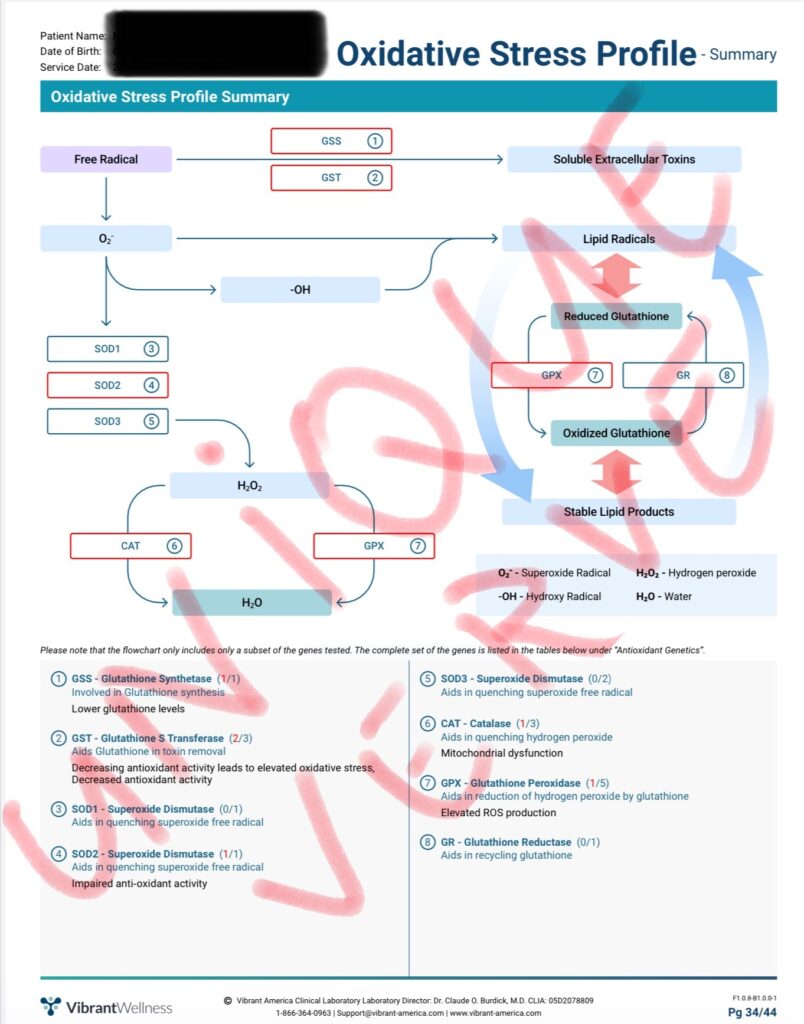
These are my personal Vibrant Oxidative Stress Profile test results, which reveal genetic impairments (SNPs) affecting every step of my detoxification system. The red-colored boxes indicate significant blockages and dysfunctions, particularly in glutathione production and toxin elimination. This genetic predisposition was a key factor behind my sudden and unexplained health issues.
Without proper nutrient support, toxins can accumulate rapidly in my body, overwhelming my system. However, by understanding my genetic weaknesses, I have been able to implement targeted strategies to optimize my detox pathways and restore my health.
As a functional medicine practitioner, I specialize in identifying and addressing similar genetic impairments, dysfunctions, and chronic health conditions. If you are struggling with persistent health challenges, I can help you develop a personalized, science-based plan to enhance your body’s detoxification and overall well-being.
- Gut Health & Microbiome Balance: A healthy gut is essential for eliminating toxins. Dysbiosis (an imbalance of gut bacteria) can impair detox pathways.
- Nutrient Status: The liver requires key nutrients (like B vitamins, amino acids, and antioxidants) to detoxify properly. Deficiencies slow down the process.
- Metabolic Health: High blood sugar and oxidative stress from poor diet, stress, or insulin resistance can impair the liver and kidneys’ ability to detox.
- Bowel Movements: If you’re not eliminating waste regularly, toxins can be reabsorbed into the bloodstream instead of being excreted. Both constipation as well as loose stool or diarrhea lead to impaired detoxification.
- Medication & Ongoing Exposures: Prescription drugs, alcohol, smoking, implants (such as breast, butt, or facial implants), and continuous exposure to pollutants add to your toxic load.
- Chronic, low level exposure: low levels of toxin exposure may initially cause no or only subtle effects, but over the long period of time can promote imbalances and dis-ease dynamics that may be remote in both space and time from the toxin exposure.
- Tiny level, synergistic exposure to multiple toxins can completely overwhelm the body’s defenses and liver detox pathways
- Existing dis-ease dynamics, inflammation and autoimmune conditions can contribute to poor detoxification
What Happens When Your Bucket Overflows?
If your exposure to toxins exceeds your body’s ability to detoxify and eliminate them, your bucket overflows. This is when symptoms and health problems start to appear—often seemingly out of nowhere. These can include:
- Unexplained fatigue and brain fog
- Headaches
- Dizziness
- Heart palpitations
- Memory problems
- Hormonal imbalances (e.g. PCOS) and infertility
- Painful periods, heavy periods, PMS
- Thyroid problems
- Polyps
- Skin issues like rashes, eczema, acne, psoriasis, vitiligo, eczema
- Anxiety, depression, and mood swings
- Insomnia and sleep disturbances
- Digestive issues like bloating, constipation, or IBS
- Autoimmune conditions
- Chronic inflammation and pain
- Weight gain and inability to lose weight
- Type 2 Diabetes, metabolic syndrome
- Frequent infections or weakened immunity
- Neurological conditions (e.g. tremors, Parkinson’s, Alzheimer’s)
- Intolerance to alcohol, caffeine
- Sensitivity to fragrance, chemicals
- Allergies, food sensitivities
- Cancer
The truth is, some people may have a small bucket (due to poor detox genetics or a history of toxin exposure), while others may have a larger bucket with strong detox pathways. However, everyone’s bucket will overflow at some point if toxic exposures continue unchecked.
If you’re experiencing any of these symptoms, your body is in need in rebalancing and unloading the body. And, I am not talking about a juice cleanse or fast! These type of detox treatments will only worsen your symptoms.
Understanding the Science of Detoxification
When we encounter toxins, their elimination is not as straightforward. Many people mistakenly believe that the body naturally eliminates all toxins through urination, “flushing” or bowel movements. But, this is not true.
Toxins can be retained in the body even when you have daily bowel movements. Yes, these are the final routes how the toxins are excreted. However, because the most insidious toxins are fat soluble, their elimination is a complex, nutrient-intensive process that involves biotransformation of fat-soluble substances into water-soluble molecules to facilitate their elimination from the body.
Biotransformation is a two-phase process, primarily managed by the liver:
- Phase I: Activation
Toxins are converted into intermediate metabolites through oxidation, reduction, or hydrolysis. Paradoxically, these metabolites are often more reactive and harmful than the original toxins. - Phase II: Conjugation
In this critical step, the liver attaches molecules like glutathione, sulfate, or glycine to the activated toxins, rendering them water-soluble and ready for excretion via urine, stool, or sweat. Glutathione is the most powerful intra-cellular antioxidant that is critical for maintaining health, protecting the body from toxins, eliminating estrogens, estrogen mimicking compounds, medications and promoting longevity. It is produced in the liver, which can be hampered by high blood sugar, obesity, inflammation, genetic impairments (just like in my personal case), nutrient insufficiencies, stress and toxic overload.
This process depends on a steady supply of nutrients, including amino acids, vitamins, and antioxidants. Without these, detox pathways become sluggish or impaired, allowing toxins to accumulate in the body.
Fat-Soluble Toxins: A Hidden Threat
Fat-soluble toxins are particularly insidious because they are stored in the body’s fat tissues, including organs like the brain, liver, and bone. Here are some of the most common fat-soluble toxins we encounter:
- Pesticides and Herbicides: Used in conventional agriculture and found on non-organic produce.
- Bisphenol A (BPA): Found in plastics, food packaging, and canned goods.
- Dioxins and Polychlorinated Biphenyls (PCBs): Industrial byproducts that accumulate in animal fats.
- Phthalates: Found in cosmetics, fragrances, and flexible plastics.
- Heavy Metals: Mercury, lead, cadmium, and arsenic from seafood, old paints, and industrial pollution.
- Flame Retardants: Coating furniture, electronics, and textiles.
These toxins don’t just passively sit in the body—they disrupt hormonal balance, damage DNA, impair mitochondrial function, and promote chronic inflammation.
BPA, Phthalates and VOCs in Everyone’s Daily Life
In today’s world, everyone is unknowingly exposed to a wide range of toxic chemicals that can affect our health. Among the most concerning are BPA (Bisphenol A), Phthalates and VOCs, which are found in everyday household items, personal care products, and even food packaging. Understanding where these chemicals hide can help us take proactive steps to reduce our exposure.
BPA-Containing Items
BPA is an industrial chemical used to harden plastics and line food cans. It has estrogen potentiating effect, disrupting endocrine system and has been linked to various health concerns, including hormone imbalances, thyroid problems, infertility, obesity (even when exposed to low levels), type 2 diabetes, autoimmune diseases, breast cancer. Here are common sources of BPA exposure:
Food and Beverage Containers
- Plastic food containers (marked with recycling codes 3 & 7)
- Plastic water bottles (reusable and disposable)
- Canned foods and beverages (lined with epoxy resins)
- Takeout containers and plastic wraps
- Coffee maker water reservoirs and tubing
- Plastic cutlery, plates, and bowls
Personal Care and Household Products
- Toothbrushes, cosmetic packaging, and nail polish
- Shampoo and conditioner bottles
- Sunscreens and feminine hygiene product packaging
- Thermal paper receipts, airline tickets, and movie tickets
- Dental sealants, blood pressure cuffs, and IV bags
- Paper towels, toilet paper – when you rip and tear paper plates, paper towels and toilet paper, tiny BPA particles circulate in the air, increasing your exposure through inhalation and ingestion
- Plastic wraps
- Shower curtains
Electronics, Sports, and Automotive Items
- Cell phone cases, laptop casings, and remote controls
- Vinyl flooring, car interiors, and plastic furniture
- Bicycle helmets, protective sports gear, and camping equipment
Phthalate-Containing Items
Phthalates are chemicals used to make plastics more flexible and durable. They also act as endocrine disruptors and have been linked to breast cancer, reproductive issues, asthma, and developmental problems in children. Here are some common products that contain phthalates:
Personal Care & Beauty Products
- Perfumes, deodorants, body lotions, and nail polish
- Shampoos, hair sprays, and sunscreens
- Makeup, including foundation, lipstick, and eyeshadow
- Feminine hygiene products like pads and tampons
Food Packaging & Plastics
- Plastic food containers and wraps
- Takeout containers, milk cartons, and canned food linings
- Plastic utensils, disposable coffee cups, and fast food packaging
Household & Clothing Items
- Vinyl flooring, shower curtains, and mattresses
- Carpets, synthetic clothing, and raincoats
- Yoga mats, plastic shoes, and faux leather accessories
Children’s Products & Medical Supplies
- Baby toys, pacifiers, and diaper changing pads
- IV bags, medical tubing, and blood bags
Electronics, Vehicles, and Sporting Equipment
- Phone chargers, gaming controllers, and headphone wires
- Car dashboards, steering wheels, and seat covers
- Gym equipment, bicycle seats, and exercise balls
VOC-Containing Items
Volatile Organic Compounds (VOCs) are gases released from certain solids or liquids that can have short- and long-term health effects. These chemicals are commonly found in household products, building materials, and office environments.
Household and Cleaning Products
- Air fresheners and scented candles
- Household disinfectants and cleaning sprays
- Fabric softeners and laundry detergents
- Dishwashing liquids and degreasers
- Personal care products (perfumes, hairsprays, nail polish)
Building and Home Improvement Materials
- Paints, varnishes, and paint thinners
- Adhesives, glues, and caulking materials
- Carpets, rugs, and vinyl flooring
- Plywood, particleboard, and pressed wood furniture
- Insulation materials and waterproofing products
Office and Household Items
- Printers, copiers, and ink cartridges
- Permanent markers and dry-erase board cleaners
- Plastic and synthetic furniture coatings
- New mattresses and upholstery
Automotive and Outdoor Sources
- Gasoline and diesel fumes
- Car exhaust emissions
- Pesticides, herbicides, and insect repellents
- Outdoor paints and sealants
Dangers of VOCs
Exposure to VOCs can have both immediate and long-term health effects, depending on the level and duration of exposure.
Short-Term Health Effects:
- Eye, nose, and throat irritation
- Headaches and dizziness
- Allergic skin reactions
- Shortness of breath and respiratory irritation
- Nausea and vomiting
Long-Term Health Effects:
- Chronic respiratory issues, including asthma
- Damage to the liver, kidneys, and central nervous system
- Increased risk of certain cancers (e.g., formaldehyde exposure)
- Hormonal and endocrine disruption
- Neurological issues, including memory impairment
How to Reduce Exposure to BPA, Phthalates, and VOCs
- Avoid synthetic air fresheners and opt for essential oils or natural alternatives.
- Opt for glass, stainless steel, or ceramic food storage containers instead of plastic.
- Use BPA-free and phthalate-free personal care products, avoiding items with synthetic fragrances.
- Choose organic and fresh food over canned goods to avoid chemical linings.
- Avoid handling receipts when possible, as they contain BPA that can be absorbed through the skin.
- Air-out your home regularly to minimize inhalation of airborne toxins from plastics and vinyl materials.
- Look for natural materials in household goods, clothing, and children’s toys.
- Use low-VOC or VOC-free paints, varnishes, and adhesives.
- Choose vinegar and baking soda for your household cleaning purposes
- Store gasoline, pesticides, and chemicals outside living areas.
- Allow new furniture and carpets to air out before use.
I highlighted just three chemicals that everyone in the Western world is exposed to, and as you can see, completely avoiding them is an impossible task. While we can take steps to minimize exposure, we shouldn’t become overly neurotic about it, as striving for total avoidance is unrealistic. Instead, the most effective approach is to support the body’s natural detoxification processes. Utilizing science-backed, evidence-based detoxification treatment that supports and enhances the biotransformation of these fat-soluble toxins, ensures their efficient elimination and consequently wellness and vitality.
Detoxing the Right Way Matters
While juice cleanses, water fasts and saunas may seem like an easy and popular solution, they can actually do more harm than good by mobilizing the toxins and releasing the toxins that turn into free radicals if biotransformation is not supported properly, impairing detox pathways, and overwhelming the body with released toxins. A science-backed detoxification treatment that prioritizes nutrient support, 2-phase liver detoxification support, GI-health support and elimination pathways is the key to safe, effective, and sustainable detoxification and wellness.
Total Tox Burden test Results: Before and After Detox!
The proof is in the results! Below are the Vibrant Total Tox Burden test results, demonstrating the effectiveness of our science-backed detoxification treatment through a significant reduction in environmental toxins, VOCs, BPAs parabens, glyphosate, mycotoxins, heavy metals.
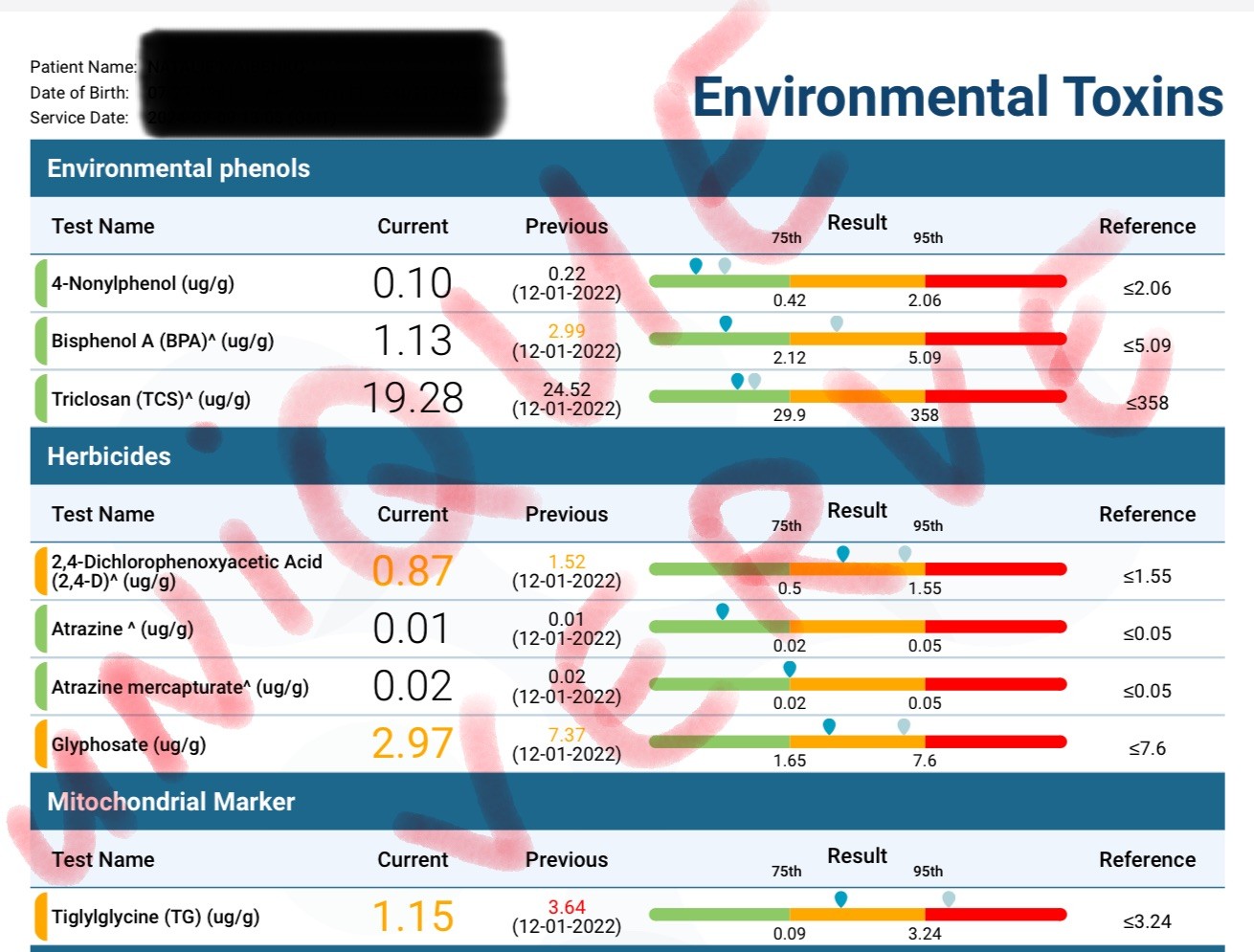

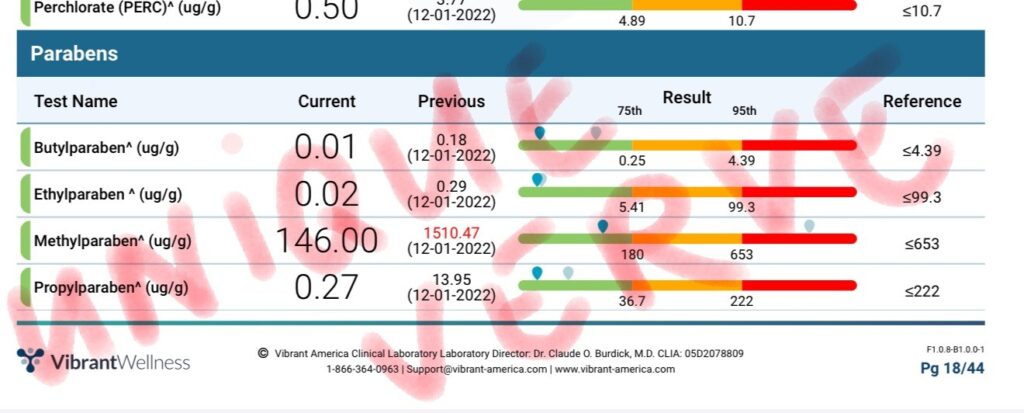


Empowering Yourself Through Science-Based Detoxification
By unloading toxins from the body seasonally, you can experience:
- Anti-Aging Benefits
- Rejuvenated Skin Appearance
- Clearer, More Radiant Skin
- Reduction in inflammatory skin conditions (e.g. acne, rosacea, dermatitis, eczema, psoriasis)
- Immune System Support
- Reduction in Allergies and Food Sensitivities
- Balanced hormones & detoxed endocrine disruptors
- Support in Brain Function
- More Energy
- Better Sleep
- Improved Gut Health and Digestion
- Reduction in Oxidative Stress
- Weight Loss Support
Health problems don’t appear overnight. Early signs like fatigue, brain fog, or hormonal imbalances can be clues to underlying toxic overload. Addressing toxins through evidence-based strategies is one of the most impactful steps you can take for long-term health.
Ready to cleanse & rejuvenate? Sign up for our evidence and science based 9-Day Detox Program which assists in resetting your wellness.
If you’d like to assess your toxin levels, learn about your genetic impairments and state of oxidative stress in your body, you may consider the following functional medicine testing options. If you wish to learn more about each test, simply click on the test.

With Love and Gratitude, Natalie

As a Certified Functional Medicine Practitioner my Expertise Encompasses:
- Immune System: frequent illness, UTIs, yeast infections
- Allergies, Asthma
- Skin Problems: acne, cystic acne, rosacea, dermatitis, ichthyosis, psoriasis, vitiligo, melasma
- Inflammation: arthritis, rhinitis, joint & muscle pain, migraines, headaches
- Sleep Problems, Insomnia
- Gut Problems: IBS/IBD, bloating, acid reflux, gas, constipation, diarrhea, parasites, fungal/yeast overgrowths
- Hormonal Imbalances: PCOS, PMS symptoms, weight problems/inability to lose weight, thyroid problems
- Hair Loss, Alopecia
- Sleep problems/Insomnia
- Mood Imbalances: anxiety, depression, irritability
- Metabolic Dysfunction, Type 2 Diabetes
- Optimizing Wellness for Successful Pregnancy
- Autoimmune Conditions
- Bone Health: osteopenia/ osteoporosis
- Effective Anti-Aging Strategies without Injectables with the inside-out & outside-in approach
- Detoxification of Heavy Metals, Mycotoxins, Environmental Toxins
- Reversing Breast Implant Illness
- Preparation for the Explant Surgery and Optimization of Wellness & Vitality Post-Explant
DISCLAIMER:
Information and content on this website is provided for information and educational purposes only, and is not intended as a substitute for the advice provided by your physician or other healthcare professional. No information offered here should be interpreted as a diagnosis of any disease, nor an attempt to treat or prevent or cure any disease or condition.
If you have any concerns or questions about your health, you should always consult with a physician or other healthcare professional. Do not disregard, avoid, or delay obtaining medical or health-related advice from your healthcare professional. Always speak with your healthcare professional before taking any medications or supplements.
Information provided on this website does not create a doctor-patient relationship between you and any professional affiliated with this website. Information and statements regarding dietary supplements have not been evaluated by the Food and Drug Administration and are not intended to diagnose, treat, cure or prevent any disease.
I am not acting in the capacity of a doctor, licensed dietitian-nutritionist, therapist, or psychologist and will not diagnose, treat or cure any disease, condition or other physical or mental ailment of the human body. Rather I serve as a mentor and guide who helps a client to reach her/his own health and wellness goals through implementing incremental, positive, healthy, sustainable lifestyle changes that help the client to live and thrive using simple methods.

